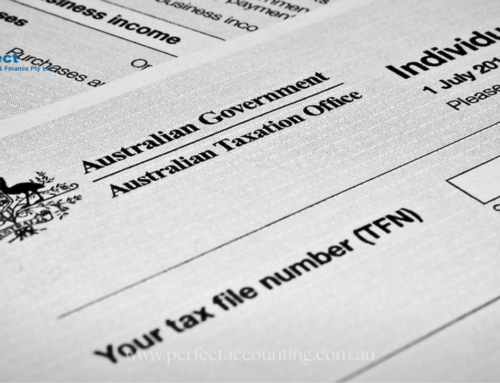Whether you’re an employee getting paid every two weeks or an employer trying to do the right thing by your staff, understanding the fortnightly tax table is essential. It’s more than just a list of numbers—it’s a tool that helps you stay compliant with the Australian Taxation Office (ATO) and ensures that the right amount of tax is withheld from each paycheck.
But let’s face it—tax tables can seem like they’re written in another language. That’s why in this article, we’ll break things down in simple terms, walk you through how they work, and even share a personal story or two. By the end, you’ll know exactly how to use the fortnightly tax table and why it matters.
What is the Fortnightly Tax Table?
The fortnightly tax table is a guide published by the Australian Taxation Office (ATO) that tells employers how much PAYG (Pay As You Go) tax to deduct from employees’ wages when they are paid every two weeks. These tables are updated regularly to reflect changes in tax laws, Medicare levies, and income brackets.
Think of it as a ready-made cheat sheet—plug in your employee’s income, check the corresponding value, and voila! You’ve got the exact amount of tax to withhold.
Why the Fortnightly Table Matters
Let me tell you a story.
A small café owner in Sydney—let’s call her Sarah—was doing her best to manage her team of five employees. Every two weeks, she’d sit down to calculate their pay manually. But without using the correct fortnightly tax table, she was either over-deducting or under-deducting tax.
One day, she received a call from the ATO.
It turns out, she hadn’t withheld the right amount for three consecutive pay periods.
What followed were penalties, interest payments, and hours of administrative cleanup. All of which could have been avoided by simply using the ATO’s fortnightly tax table or a reliable accounting service like Perfect Accounting, which now handles all her payroll duties.
How to Use the Fortnightly Tax Table – Step-by-Step
Let’s break this down into bite-sized steps so it’s easy to follow.
1. Determine Your Employee’s Income
Look at the gross amount your employee earns every two weeks. This includes regular hours, overtime, and allowances (unless specifically exempt).
2. Find the Latest Tax Table
You can access the most recent fortnightly tax table from the ATO’s official website. Make sure it’s up to date for the current financial year.
3. Match the Gross Income to the Table
On the tax table, locate the row that corresponds to the employee’s fortnightly earnings. You’ll find the amount of tax that should be withheld in the adjacent column.
4. Factor in Tax Offsets or Medicare Levies
Some employees may be entitled to tax offsets or might be exempt from the Medicare levy. These special cases have their own guidelines and can be found on the ATO’s tax offsets page.
5. Deduct and Pay
Deduct the amount of tax from the employee’s pay and make sure it’s reported and paid to the ATO as required.
Common Mistakes to Avoid
❌ Using the Wrong Pay Frequency
You must use the correct table based on how often you pay your staff—weekly, fortnightly, or monthly.
❌ Not Updating Tables Regularly
The ATO updates these tables every year or when tax laws change. Using outdated tables can land you in hot water.
❌ Ignoring Allowances and Tax-Free Thresholds
If an employee has claimed the tax-free threshold, their tax rate will be different. Always check their TFN declaration.
How the Fortnightly Tax Table Benefits You
-
✅ Accurate Tax Withholding
-
✅ Compliance with ATO Requirements
-
✅ Reduced Risk of Penalties
-
✅ Smoother Payroll Processing
Still Confused? Let Perfect Accounting Help
If the thought of tax tables makes your head spin, you’re not alone. That’s why many small businesses turn to professional accounting agents like Perfect Accounting. Here’s what they offer:
-
✔️ Full payroll management, including tax withholding and reporting
-
✔️ BAS and GST services
-
✔️ Real-time advice to stay ATO-compliant
-
✔️ Affordable pricing tailored for small and medium businesses
Their team is made up of friendly, qualified experts who understand the ins and outs of Australian tax law and can make sure your business never misses a beat.
“I sleep better at night knowing Perfect Accounting is handling my payroll,” says Nick, a landscaping business owner in Melbourne. “No more spreadsheets or late nights crunching numbers.”
Final Thoughts
Understanding and using the fortnightly tax table might not sound glamorous, but it’s an essential part of running a smooth, compliant business. Whether you’re a sole trader or managing a growing team, getting your payroll right is key to staying in the ATO’s good books—and keeping your employees happy.
With the right tools, and the right partners—like Perfect Accounting—you can handle payroll confidently, accurately, and stress-free.







